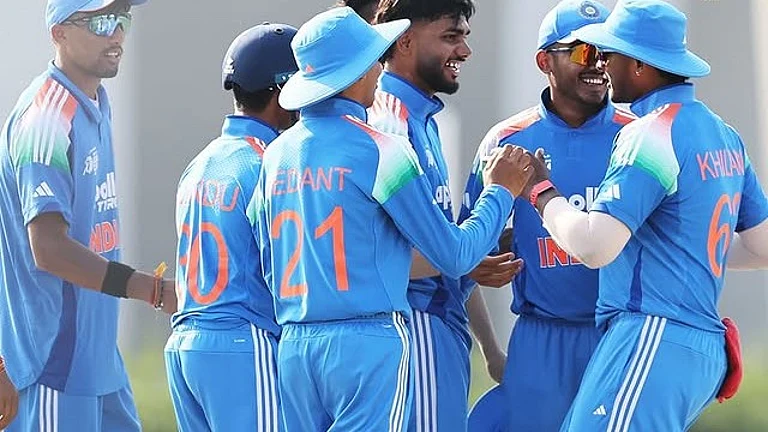The year 2013 could well be described as a year of transition for the subcontinent. The process, which began in China late last year with the introduction of Xi Jingping and other new leaders, will be completed early this year. But more importantly it is South Asia, India’s immediate neighbourhood, that will witness a series of changes throughout the year. Of the seven countries in the subcontinent, elections are scheduled to be held in five—Bangladesh, Bhutan, the Maldives, Nepal and Pakistan—over the course of the year. Elections aren’t due in Sri Lanka till 2015. But India has parliamentary elections scheduled to be held by mid-2014. Domestic developments are likely to dominate the year, forcing governments to be more inward-looking. But there are at least two major foreign policy issues that India will have to deal with. The first is the effective management of a neighbourhood in transition through meaningful engagement. The second has to do with the economic success story, which has taken a beating. Keeping the world, especially the key players, focused on India by sidelining sceptics will be a tall ask for the leadership.
A stable neighbourhood is essential for India’s economic growth and development. For years, New Delhi has grappled with the problem of coming up with an effective and sustainable neighbourhood policy. This gains pertinence in an election year, with leadership changes on the cards. What these changes entail may worry the foreign policy establishment, for they are rarely peaceful affairs in this part of the world. Though most South Asian nations hold regular elections, democracy is still an experiment for many. The other institutions that encourage a democratic polity to flourish, an independent judiciary, a free media, an unbiased election commission along with an active civil society, are yet to grow deep roots in all countries. With the plausible entry of new actors on the political scene, the roles they play in setting the agenda in their countries, particularly in relation to India, will have a significant impact over here.
The second challenge is as important. For nearly two decades, India’s economy has caught the imagination of the world. Growing at over six per cent for much of this period and nine per cent for a bit of it, India’s turnaround was seen as a major achievement. More so, for India, unlike China, is a thriving democracy of 1.2 billion, the second largest population in the world.
Much of India’s power projection was based on its growing economic muscle. It created a niche for India, marking her a place at high table forums like the G20 to discuss and debate crucial decisions on the global economy. This was also the period when no one was interested in hearing negative stories from India—be it alleged human rights violations in Kashmir or its rivalry with Pakistan. India almost had a dream run, evoking positive images and success stories.
But is the Cinderella story now coming to an end? Perhaps not, but scepticism and doubts have certainly started creeping in. As the Indian economy gets pegged down and its current growth is re-estimated at around 5.5 per cent annually, many have begun to raise questions about how successful India can be. As the government and other major political parties go into election mode, the bearers of Indian foreign policy will find it difficult to convince the world that the Indian economic success story is not over and done with. If anything, the recent downturn is but a pause in what has so far been an onward march. But in a competitive pool with economies like Vietnam, Indonesia and others vying with each other to offer themselves as the more attractive destination to foreign investors, India may face a very difficult challenge to keep the world interested in its growth story.

























